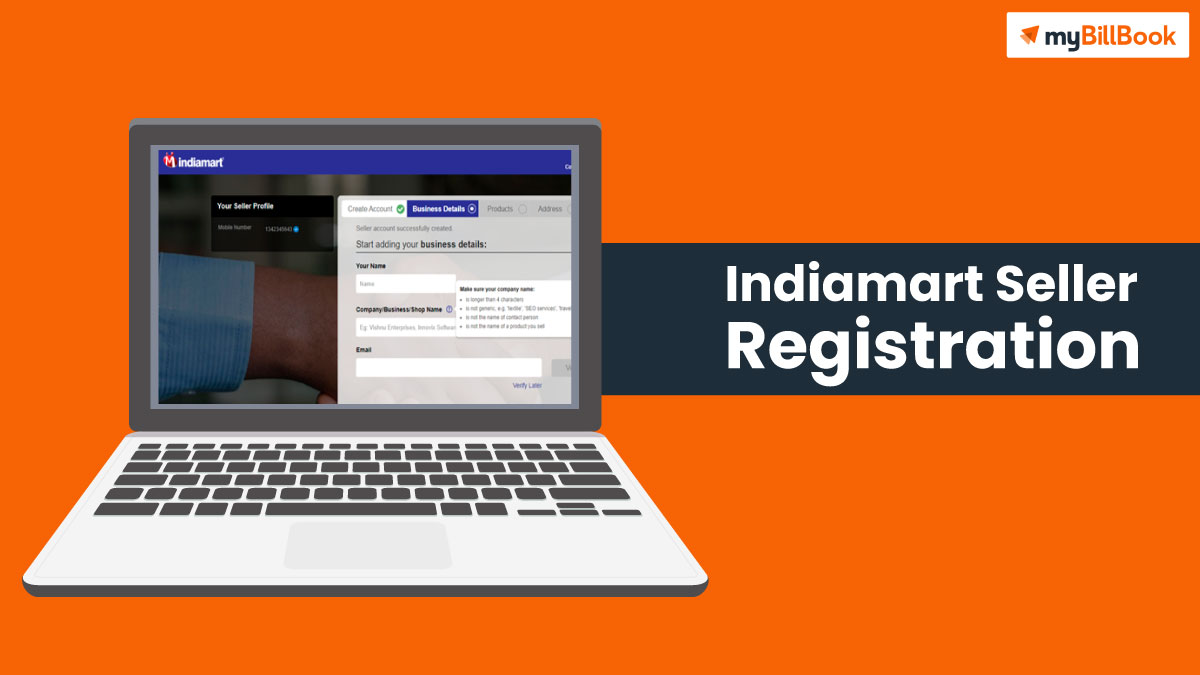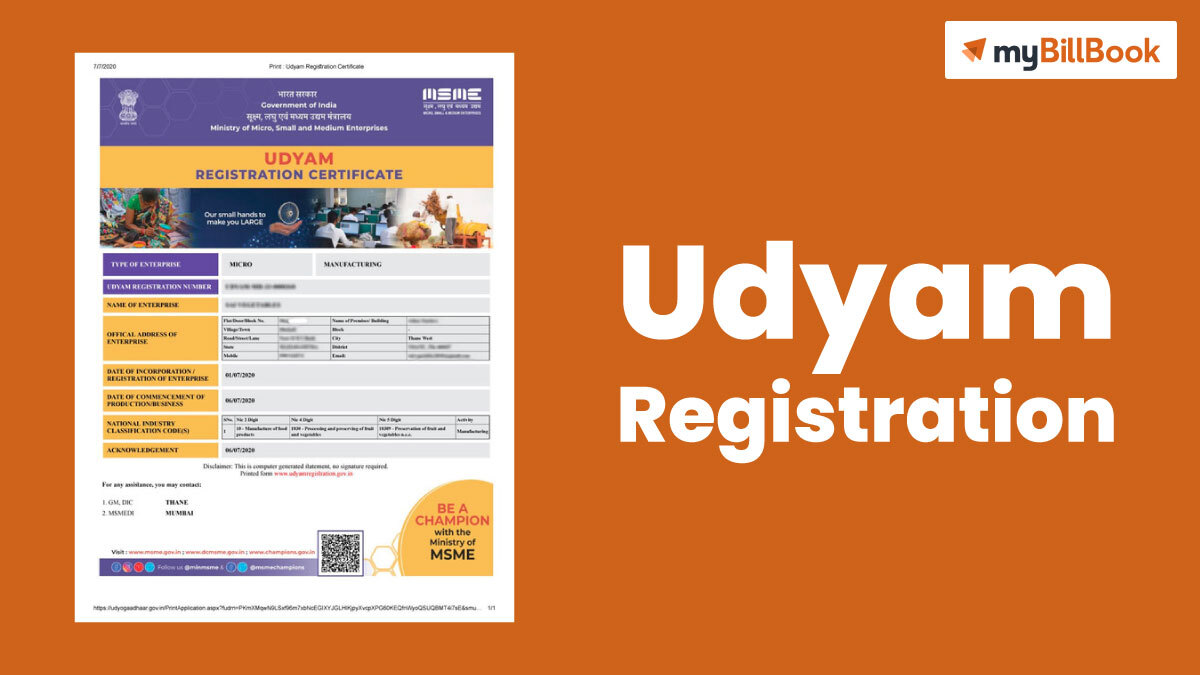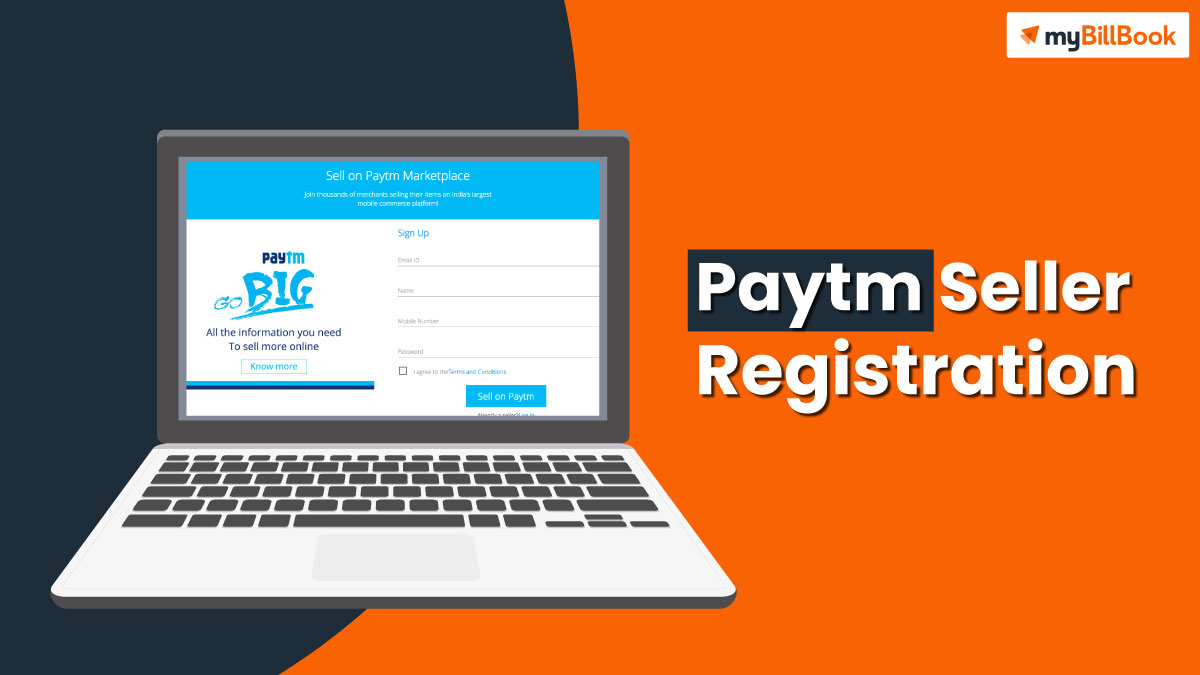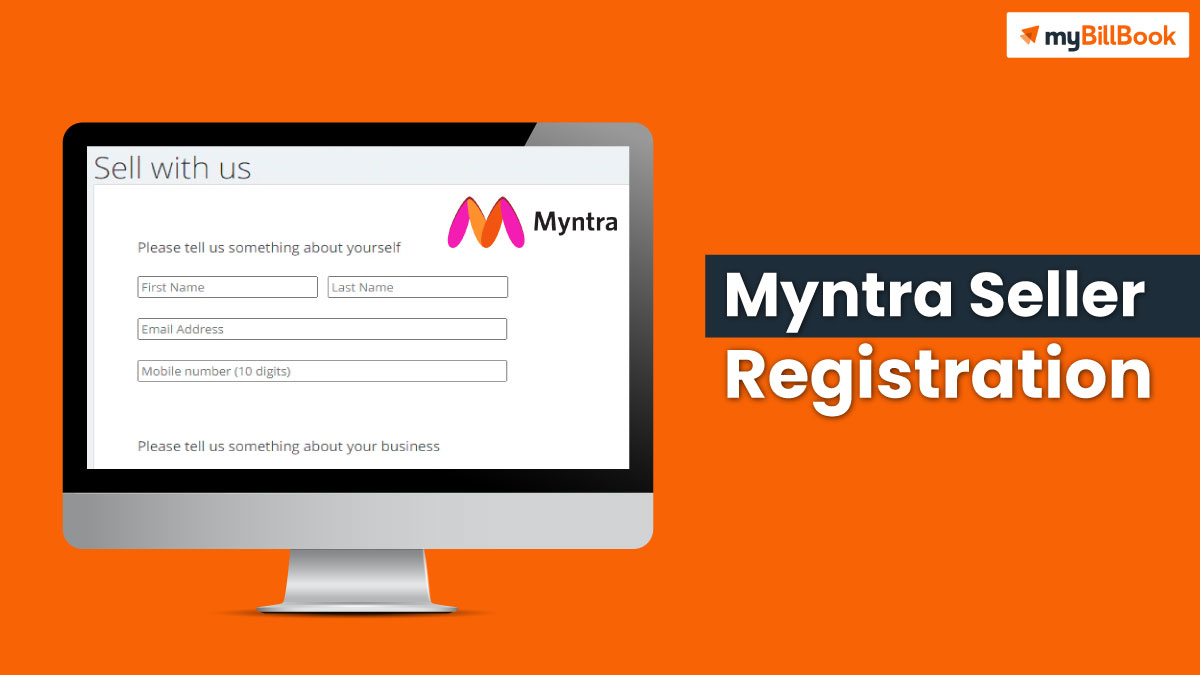Introduction to Indiamart
Indiamart is a huge B2B marketplace that renders products and services on the portal of sales. It is headquartered in Noida, India and it was discovered in 1999 by Brijesh Agarwal and Dinesh Agarwal who has been worked for HCL Technologies previously. The goal of the founders was to facilitate business with Indiamart gradually. Moreover, this company satisfies the purchasing needs of the buyers by bonding with suppliers across India.
At this platform, the buyers can be called online sellers, e-commerce business owners, shop owners, retailers, or individual private label brands. Furthermore, it is one of the authentic and best sourcing platforms where one can buy products for business or sell items as an Indiamart seller.
The platform consists of nearly more than 52 categories of services as well as products ranging from clothing to kitchen appliances. Hence, it allows a simple and free way to source services as well as products.
All the suppliers are 100% genuine and reliable and buyers have complete access to suppliers specifically in their towns and also all over India. It offers an Indiamart seller central portal for the users to sell products and services.
However, one should bear in mind that GST registration is very important to sell taxable products across India no matter what business platform you are registered in.
Eligibility to Become an Indiamart Seller
It is true that there is an eligibility criteria to become the seller of an Indiamart marketplace which is given below.
- You can become a seller Indiamart only if you have a company with GST registration.
- Also, you need several documents to be verified including invoice, electricity bill, and CIN. Moreover, you would need certain documents for registration proof like a cancelled cheque, NACH form (if you have a monthly subscription), GST to start an Indiamart business.
- In addition, you would need to build a catalogue that includes items like visiting cards, videos, images, product names, and brochures.
Once it is done with the document verification, then the initiation process of catalogue creation can proceed. Once the documents are verified, the team of Indiamart will contact you soon.
Documents Required for Indiamart Seller Account Creation
As mentioned above, the important thing to keep in mind is that it is necessary to get registered with GST to make sales of taxable products in India. Of course, GST registration requires several documents to be submitted and all the documents should be kept ready in advance to make sure that the process is undertaken quickly after the submission of the application. It covers the sole proprietorship/individual, partnership firm/LLP, private limited/public limited company, and HUF for the GST registration process.
Documents for Sole Proprietorship/Individual:
- Photo of an individual
- Identity proof (Aadhar Card) and PAN card
- Bank statement or cancelled cheque or bank passbook first page
- Signatory address proof of the office
- Rented office: No objection certificate (NOC) and rent agreement from the owner
- Own office: A print document of water bill/owned property tax receipt not shared property/landline bill/municipal khata copy/water bill/ electricity bill copy.
Documents for Partnership Firm or LLP:
- Identity proof (Aadhar Card) and photographs of all the partners deed
- PAN card of designated partners and partnership firm
- Bank passbook first page or cancelled cheque or bank statement
- Signatory address proof of the additional business place and principal business place:
- Rented office – NOC (No objection certificate) and rent agreement from the owner
- Own office – A print document of water bill/owned property tax receipt not shared property/landline bill/municipal khata copy/water bill/ electricity bill copy.
- Letter of authorization
- Registration certificate of the LLP
Documents for Private Limited or Public Limited Company:
- Registration certificate of a company
- PAN card of directors and company
- Identity proof (Aadhar Card) and photographs of all directors
- AOA (Articles of Association) and MOA (Memorandum of Association)
- Crossed cheque or first page of bank passbook or bank statement
- Letter of authorization
- Signatory address proof of the additional business place and principal business place:
- Rented office – NOC (No objection certificate) and rent agreement from the owner
- Own office – A print document of water bill/owned property tax receipt not shared property/landline bill/municipal khata copy/water bill/ electricity bill copy.
Documents for HUF:
- Identity proof (Aadhar Card) and photographs of Karta
- PAN card document of HUF
- Letter of authorization
- Crossed cancelled cheque or bank passbook first page or bank statement
- Rented office – NOC (No objection certificate) and rent agreement from the owner
- Own office – A print document of water bill/owned property tax receipt not shared property/landline bill/municipal khata copy/water bill/ electricity bill copy.
How to Become a Seller on Indiamart?
It is absolutely free to register on Indiamart as a seller. You have to follow the below-given steps to create an Indiamart seller account.
- Step 1: Account creation
- Visit the Indiamart seller portal.
- Press on sell at the top right corner.
- Fill in your contact number as well as your name.
- When you receive the OTP on the contact number given, you have to enter that OTP.
- Enter the business details like business or company name and email ID.
- One OTP will also be sent to the email ID given for email verification.
- A verification link will be received in the email which will redirect to a page where you have to enter the personal details, company details, and address details as well.
- Step 2: Add Products and Details
Add the details of products or services and hit the button ‘Continue’. And then add the details of the business location and the GST number.
- Step 3: Begin Selling by Receiving Business Enquiries and Leads
Once you are done with the above-given steps, a dashboard of Indiamart sellers will be shown where you will find all the leads and inquiries, statistics, product details, and so on.
- There your account is all ready to get involved in sales. Once all the above-mentioned steps are accomplished, you can now make an Indiamart seller login.
- Sellers can even upgrade their seller account right from free listing to paid listing.
- Mini Dynamic Catalog is one such method that assists the Indiamart sellers to give access to a new channel of sales where business leads will be generated from all over India and promote their business.
- Paid listing sellers have more benefits in comparison to free listing sellers.
FAQs related to Indiamart Seller
1. What are the advantages of selling on Indiamart?
One of the benefits of selling on Indiamart is that it boosts online and brand visibility. Also, it has a big buyer base thus sellers receive access to millions of buyers once an account is created.
2. How to add products on Indiamart?
One can update or add their products with the use of the Manage Products button on the Indiamart seller account once the account is created. While creating an account, users also have to add a few products.
3. How to make lead generation on Indiamart?
You will get 10 free leads yearly if you have upgraded to the paid plan. The sellers would be required to generate leads through their product listing in case of free listing sellers.
4. Is there any application available for the sellers of Indiamart?
Yes, of course. There is an android application available for the sellers of Indiamart to communicate with the buyers and manage the leads. You can download it from the play store.







